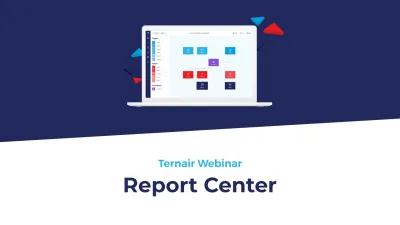Consumers are inundated with marketing messages, therefore it is essential for retailers to differentiate themselves. The key to success lies in delivering communications that not only stand out, but are truly relevant to the customer. This can be achieved through targeted communications, placing customers into specific segments based on their behavior and preferences. This approach makes campaigns much more effective and ensures an improved customer experience.
The power of customer segmentation
Traditional marketing campaigns often focus on broad target groups. This means that much more general, often generic messages are sent, which do not always resonate with the recipient. As a result, customers often feel unaddressed or overwhelmed by irrelevant information. Targeted communications allow retailers to segment their customers based on specific criteria such as buying behavior, demographics, preferences and interactions with the store. This allows companies to personalize and refine campaigns for each customer group, significantly increasing effectiveness.
An example of targeted communication is the use of personalized product recommendations. Instead of sending standard offers, retailers can suggest products that really match the customer's needs and preferences. This can be done, for example, by analyzing previous behavior, products viewed or customers' search queries. These tailored recommendations not only increase conversion rates, but also strengthen customer relationships by making consumers feel that the retailer understands their preferences.
Data analytics: the driving force behind personalization
Focused communication starts with the power of data. Retailers have access to vast amounts of customer data, but without the right tools and techniques, this data is just information without context. By using advanced analytics, such as machine learning and artificial intelligence, retailers can turn this data into valuable insights. This allows them to effectively segment customers and tailor campaigns.
For example, using data analytics, retailers can identify behavioral and purchasing trends, such as a customer's favorite product categories, the time of day they are most likely to buy or how they interact with marketing campaigns. These insights can then be used to send relevant and timely messages.
Progress in the customer journey
Targeted communication is changing not only the way campaigns are set up, but also the entire customer journey. From the first contact moment to the after-sales service, every interaction can be optimized to provide the customer with a personalized experience.
The benefits of targeted communication for retailers
The benefits of targeted communication are:
Higher conversion rates's: Through targeted campaigns and personalized recommendations, customers are more likely to actually make a purchase.
Better customer relationships: Customers feel valued when they see products or services that truly meet their wants and needs.
Higher customer loyalty: By continually providing relevant and valuable communication, you build long-term relationships with your customers.
Efficiency in marketing: Targeted communication allows marketing resources to be used more efficiently, as campaigns are specifically targeted to the right customer segments.
Increased customer satisfaction: Customers who receive relevant products and offers are more likely to be satisfied and keep coming back to your store.
Conclusion
Targeted communication is no longer a luxury, but a necessity for retailers who want to compete in the modern, data-driven world. By segmenting customers based on their behavior and preferences, companies can create more effective campaigns that resonate with consumers. With a CDP like Ternair's, you lay a solid foundation for this: one central place where customer data comes together and is converted into relevant communications. This not only results in higher conversions, but also in more satisfied and loyal customers. Retailers who invest in personalization and the use of data will therefore be better positioned to succeed in the future.



